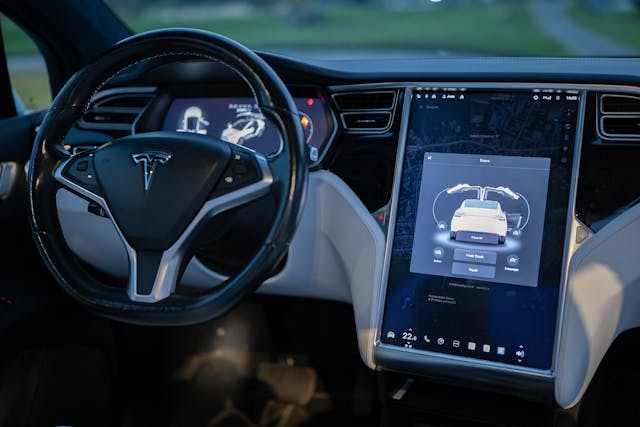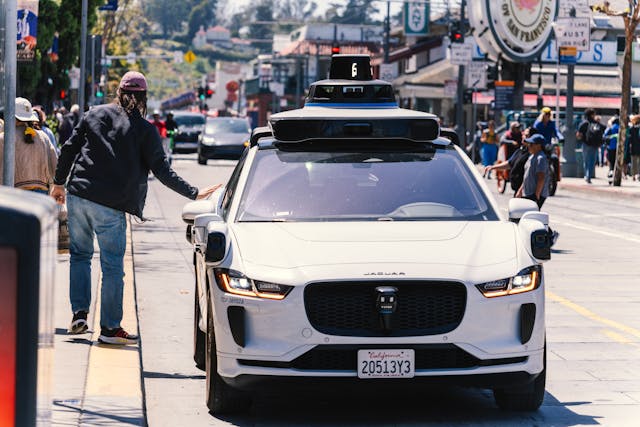How Autonomous Driving is Reshaping the Future of Transportation
The idea of cars driving themselves once seemed like science fiction. Today, autonomous driving technology is rapidly advancing, promising to change the way we travel, commute, and move goods. From improving safety to reducing traffic, self-driving cars could reshape transportation as we know it.
Here’s a look at how autonomous driving is transforming the future.

What Is Autonomous Driving?
Autonomous driving means vehicles can operate without a human driver, using sensors, cameras, radar, and advanced software to navigate roads safely. There are different levels—from partial automation (where a driver still controls some functions) to full automation (where no human intervention is needed).
Benefits of Autonomous Vehicles
1. Improved Road Safety
Most accidents happen because of human error—like distracted or impaired driving. Autonomous vehicles can react faster, follow traffic rules consistently, and avoid risky behaviors, potentially reducing crashes and saving lives.
2. Reduced Traffic and Congestion
Self-driving cars can communicate with each other and traffic systems to optimize routes and speeds. This coordination can reduce traffic jams and improve flow on busy roads.
3. Greater Mobility
Autonomous vehicles can provide transportation options for people who cannot drive, such as seniors or people with disabilities, offering more independence and access.
4. Environmental Benefits
By driving more efficiently and supporting car-sharing models, autonomous vehicles can lower fuel consumption and emissions.
Challenges and Concerns
While the future looks promising, there are still hurdles:
- Technology and Safety: Autonomous systems must be flawless in complex, real-world conditions. Testing and improving reliability is ongoing.
- Ethical Decisions: Self-driving cars may face tough choices in emergencies—raising moral questions about how they should respond.
- Job Impact: Autonomous trucks and taxis could disrupt driving jobs, creating economic shifts.
- Legal and Regulatory Issues: Laws need to adapt to new technologies, including liability in accidents.
How Autonomous Driving Is Already Changing Transportation
Many companies are testing self-driving taxis, delivery robots, and trucks on roads today. Cities are planning infrastructure upgrades to support these vehicles. Autonomous technology is also being integrated into driver-assist features like automatic braking and lane-keeping.
What the Future Holds
In the next decade, autonomous driving could become more common in urban areas, transforming public transport and last-mile delivery. Fully self-driving cars for everyday use may take longer, but gradual progress will keep reshaping transportation habits and systems.

Final Thoughts
Autonomous driving stands to revolutionize transportation—making it safer, cleaner, and more accessible. While challenges remain, continued innovation and thoughtful planning can help unlock its full potential, creating a smarter and more connected world on the move.












